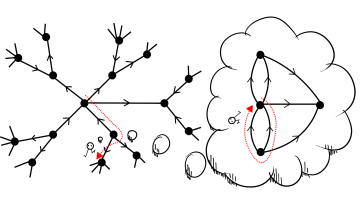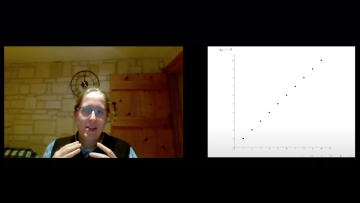with IceCube
with IceCube
beam dump experiment
14:30
“Chiral” field theory, fishnets and integrable spin chains
Please contact Erik Panzer or Ömer Gürdoğan to be added to the mailing list and receive joining instructions to the online seminar.
Abstract
In this talk I will review the work that has been done by me, N. Gromov, V. Kazakov, G. Korchemsky and G. Sizov on the analysis of fishnet Feynman graphs in a particular scaling limit of $\mathcal N=4$ SYM, a theory dubbed $\chi$FT$_4$. After introducing said theory, in which the Feynman graphs take a very simple fishnet form — in the planar limit — I will review how to exploit integrable techniques to compute these graphs and, consequently, extract the anomalous dimensions of a simple class of operators.
Oxford Mathematician Daniel Woodhouse talks about the theorem that motivates much of his research.
The second in the series of Student Lectures that we are making publicly available this Autumn is from Vicky Neale. Vicky is one of our most popular lecturers and this lecture is from her First Year Analysis course.
The course introduces students to a rigorous definition of convergence, allowing them to develop their previous understanding of sequences and series and to prove key results about convergence, leading on to subsequent Analysis courses addressing continuity, differentiability and integrability of functions.



